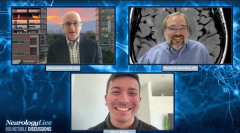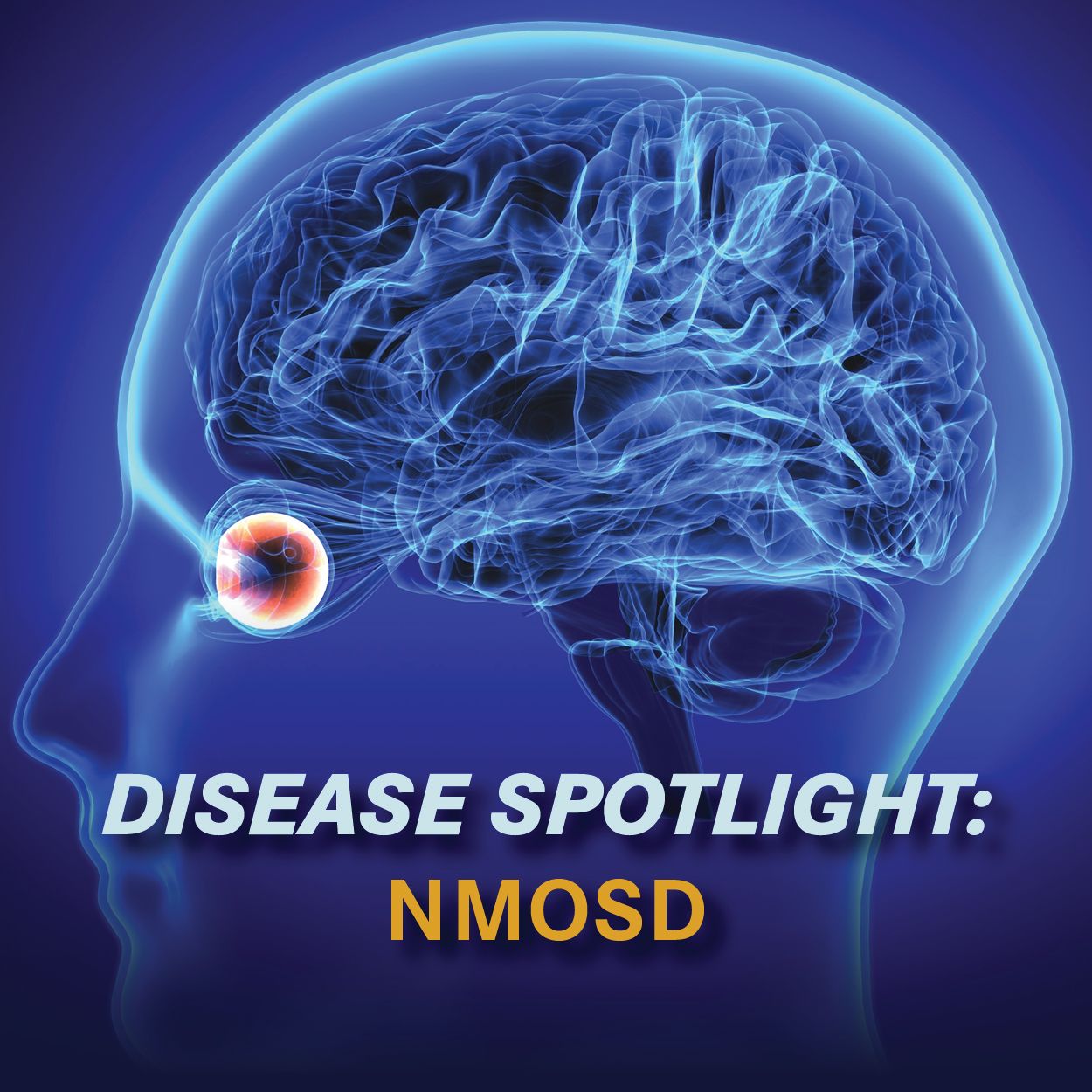
Advancing MOGAD Research: Predictive Markers, Immune Remodeling, and Future Therapies

In this episode, a pair of neuroimmune experts discussed some of the emerging research for patients with MOGAD, highlighting the need for immunological markers, remodeling therapies, and enhancements to diagnostic criteria. [WATCH TIME: 5 minutes]
WATCH TIME: 5 minutes
Episodes in this series

Over the last 2 decades, the understanding of inflammatory demyelinating disorders of the central nervous system has radically changed with the identification of specific autoantibody-associated conditions distinct from multiple sclerosis (MS), namely aquaporin-4-IgG-positive neuromyelitis optica spectrum disorder (NMOSD) and myelin oligodendrocyte glycoprotein (MOG)-IgG-associated disease. In the most recently published diagnostic criteria of MOGAD, the identification of MOG-IgG was considered a core criterion, marking a major step in improving care and diagnosis rates.
That criterion, authored by
In episode 6, Bennett and Greenberg close the panel discussion with thoughts on the future directions of research for MOGAD. Bennett, a professor of neurology at the University of Colorado School of Medicine, and Greenberg, a pediatric neurologist at the University of Texas Southwestern Medical Center, discussed ongoing efforts to identify immunological markers that could help predict which patients will lose their antibody status and avoid relapses. Furtheremore, the discussion harped on refining diagnostic criteria to improve accuracy in MOGAD detection, as well as understanding the unique recovery mechanisms in patients with MOGAD, which could be applied to other neuroimmune disorders.
SRNA is also hosting the 2024 Rare Neuroimmune Disorders Symposium (RNDS) on October 18-20th. The RNDS was created to bring together individuals diagnosed with acute disseminated encephalomyelitis (ADEM), acute flaccid myelitis (AFM), MOG antibody disease (MOGAD), neuromyelitis optica spectrum disorder (NMOSD), optic neuritis (ON), and transverse myelitis (TM) and clinicians and researchers that focus on these disorders. Invite your patients who may benefit from attending either virtually or in person in Dallas, TX. Healthcare professionals are also welcome to join! Learn more
Transcript edited below for clarity.
Marco Meglio: Let’s talk a little about the research going forward for MOGAD. Are there any emerging research initiatives or areas of focus regarding MOGAD that are gaining ground, or that you feel should gain more attention? Let’s dive into the research side of things over the next couple of years.
Benjamin Greenberg, MD: So I'll take the opportunity to highlight a colleague of mine at UT Southwestern, who's embarked on some research relative to anti-MOG associated disorder that I think is critical. That’s Linda Wynn, who was a fellow with us and has joined the faculty. She’s looking at immunologic markers at onset that could predict who is going to lose their antibody status over time. If, from the very first event where someone is antibody-positive, we could better counsel them—whether they need secondary prevention from that moment, versus waiting for a second attack to occur—I think that would not only make a big clinical difference but also open the door for fascinating clinical trials around immune remodeling.
Can we take someone from their first event and actually wipe out the autoimmune characteristics inherent in their immune system, whether it’s through things like CAR T-cell therapy or other interventions? Over the next 10 years, Linda’s not the only one—we’ll see a plethora of studies trying to better understand this fascinating aspect of anti-MOG associated disorder, where some patients sero-revert and others do not.
Jeffrey Bennett, MD, PhD: I think I see highlights for the future not only in what Ben just discussed, which is the important issue of trying to predict who will relapse, and whether we can get them started on therapy before waiting for that next relapse to happen. Another focus is refining our diagnostic criteria. Right now, we know there are specific caveats for cerebrospinal fluid, as well as for serum based on the level of antibody titer that’s recorded. We’ve found clinical and MRI criteria that appear specific for MOGAD, but we need to understand how these criteria are performing. Are we selecting—or perhaps self-selecting—groups of patients by using these criteria? Do patients who meet MOGAD diagnostic criteria with high titers really look exactly the same as those who meet criteria with what we would call "not clearly definite" titers?
Moving forward, this will help refine not only who we diagnose but how we diagnose them, and which assays are optimal to use. We also need to think about our treatment of acute MOGAD, and understand in the laboratory why MOGAD patients seem to recover better, on average. We know that in MOGAD patients, we sometimes see lesions disappear, something we don’t often observe in other disorders. What’s driving that ability for recovery? How can we harness that to better treat not only MOGAD but also other neuroimmune disorders? By modifying the local environment, we might be able to extend that recovery ability to other neuroinflammatory conditions.
Newsletter
Keep your finger on the pulse of neurology—subscribe to NeurologyLive for expert interviews, new data, and breakthrough treatment updates.
































